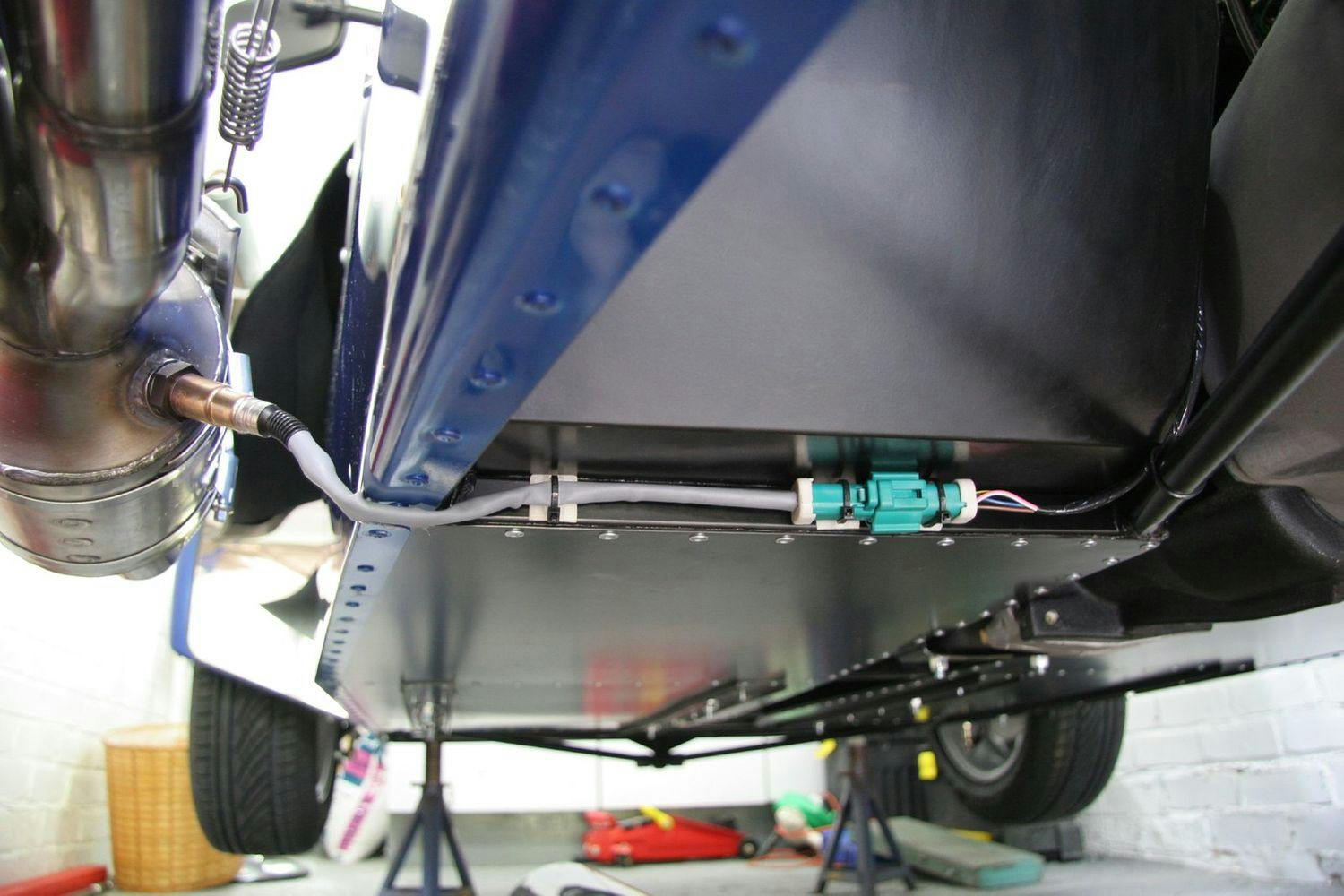Lambda probe: What does this device do?

A lambda probe is a sensor used in all petrol engines with electronic petrol injection, although modern diesel engines are also equipped with this device.
But what is the purpose of the lambda probe, its types, and what about its lifespan? We will shed some light on this in today's article.
Table des matières
What is a lambda probe?
A lambda probe can be described as a sensor located in the exhaust pipe. This sensor compares the air in the exhaust pipe with the air around the engine and creates an electrical signal based on a chemical reaction.
This signal is sent to the engine control unit, which then uses the throttle and injectors to adjust the ratio of fuel and air in the working space.
What does the lambda probe look like, and where is it located?
Simply and briefly summarized, the vehicle uses the lambda probe to ensure that the engine works economically and produces a minimum amount of harmful emissions. The lambda probe has a similar shape as the spark plug and is made of platinum and ceramic materials.

The probe is located in the exhaust pipe, in front of or behind the catalytic converter, with the wiring leading from this probe to make it easy to find. However, some cars are equipped with two lambda probes instead of one lambda probe, which means their role is somewhat different from that of the lambda probe.
Cars with two lambda probes
Modern cars contain two lambda probes in the exhaust pipe. The first is located in front of the catalytic converter and fulfills its classic function, which we mentioned at the beginning of this article. The second lambda probe is located behind the catalytic converter, and its task is to check the activity of the catalytic converter.
If the catalytic converter is non-functional, it does not decompose harmful substances. But this problem is pointed out by the second lambda probe, which sends a signal to the control unit if it measures the same values as the first probe.
Simply put, if both probes measure the same readings, the catalytic converter is out of order. The control unit thus switches the engine to emergency mode, or the engine warning light appears on the dashboard panel.
Distribution of lambda probe according to operating temperature:
A simple lambda probe
It is the oldest produced type. However, to capture undistorted data, it must be heated to operating temperature using exhaust gases, which can take several minutes.
Heated lambda probe
This probe is electrically heated and will reach operating temperature in seconds. This means it does not need to absorb heat from the exhaust gases to reach its operating temperature.
Planar lambda probe
It consists of ceramic foils in which heating is built-in. This probe warms up to operating temperature within 10 seconds.
How to distinguish the type of lambda probe?
It is quite straightforward. You can distinguish the lambda probe type as follows: If the probe has one or two wires, it is unheated, but if it has three or four wires, it is heated. It is also possible to determine which probe it is by the color of the wires.
It is a zirconia probe if it is purple, black, gray, or white. If it is red, it is a titanium dioxide probe.
The lifespan of the lambda probe
The lifespan of the lambda probe is influenced, among other things, by its construction. While unheated lambda probes usually expire after approximately 50,000 to 80,000 kilometers.
Heated lambda probes last significantly longer and can handle 150,000 to 200,000 kilometers without problems. However, the service life of the lambda probe is significantly reduced if the engine burns poor-quality fuel or if it burns engine oil.
Lambda probe malfunctions
A typical manifestation of a damaged or non-functioning lambda probe is bad starts and the smell of gasoline from the exhaust, or for true car enthusiasts, it may be more of a smell.
However, the malfunction can also be manifested by increased fuel consumption, an illuminated engine warning light, or fluctuations in speed. It should also be noted that the catalytic converter's lifespan is significantly reduced with a malfunctioning lambda probe.